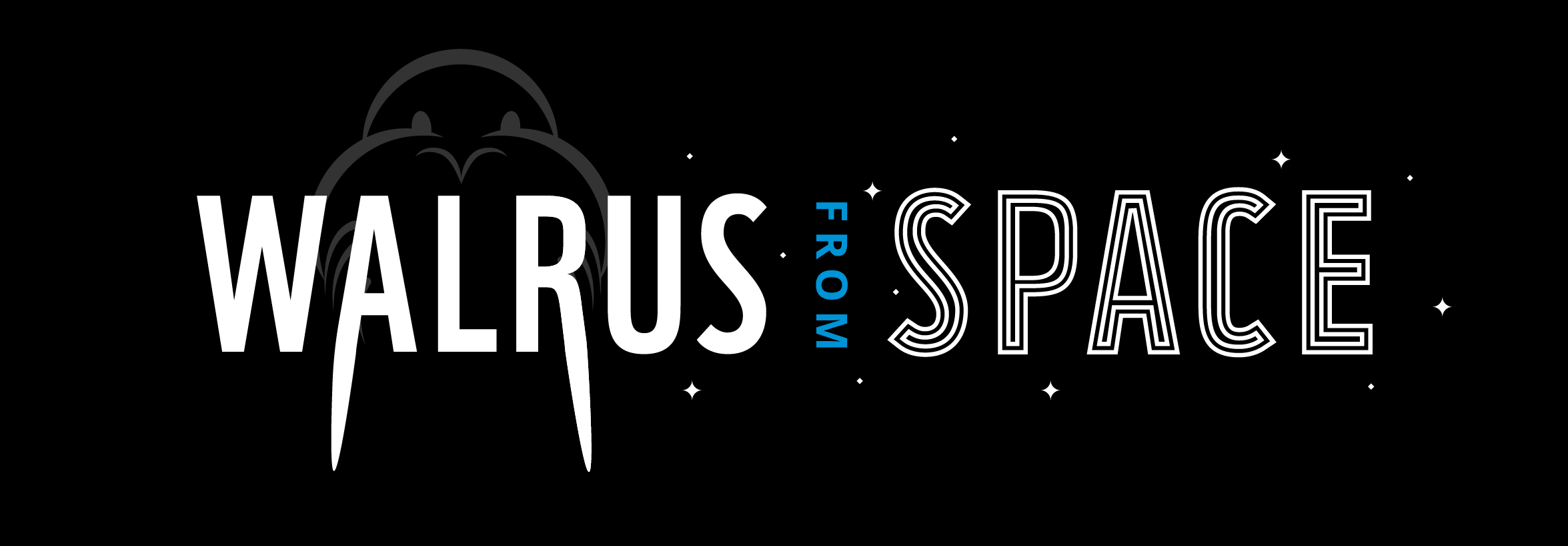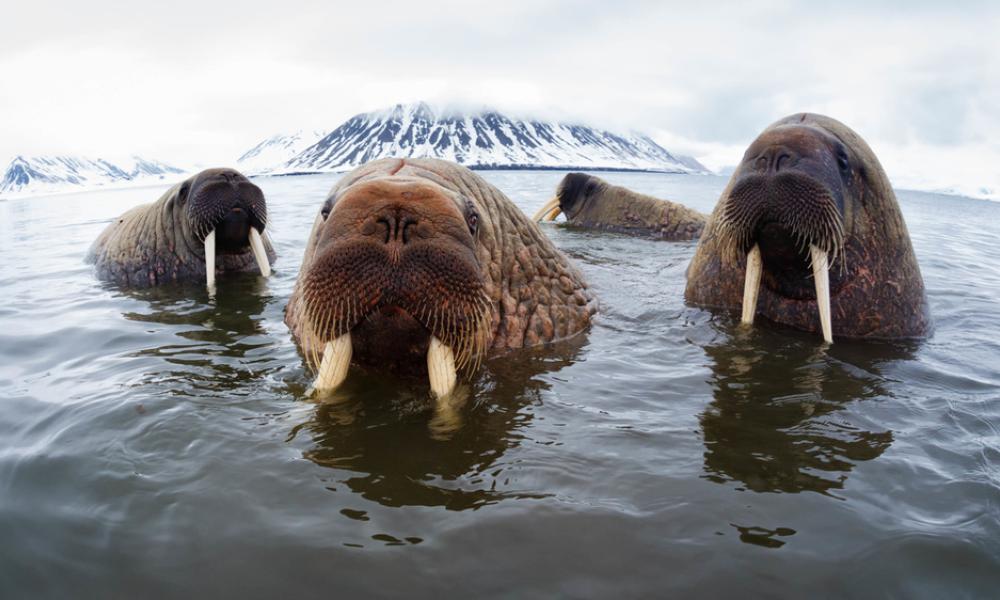General citizen science and humanities
Posted: Wed Dec 16, 2020 1:47 am
Hello!
My name is Maria Santos and I serve as the Communications Lead for NASA’s Citizen Science Program. I am happy to share that NASA’s Citizen Science Program will be featured on this week’s NASA Science Live show. The episode, which premieres tomorrow, Wednesday, December 16th will highlight a few of NASA’s Citizen Science projects. This is really special because it gives viewers an opportunity to JOIN IN, to not only learn about great scientific collaborations between NASA scientists and volunteers, but also learn about ways they can get involved with NASA science.
We hope that this episode can enhance awareness of NASA’s Citizen Science projects, as well as increase participation in these projects. I hope you are able to join us and watch, and encourage everyone you know to also tune in!
NASA Science Live: You Too Can Do NASA Science
Date: Wednesday, Dec. 16
Time: 3:00 – 3:30pm ET
Description: No matter who you are or where you are, YOU can participate in the science done at NASA and make new discoveries alongside NASA scientists. Watch #NASAScience Live Wednesday, Dec. 16 at 3:00 p.m. ET to hear from people around the globe about how they’re doing NASA science and learn how you too can get involved with NASA’s citizen science projects and @DoNASAScience. The 30-minute episode will highlight 4 projects, but to learn about all of the opportunities to get involved in NASA Science, visit: https://science.nasa.gov/citizenscience
YouTube: https://youtube.com/embed/TURJhJB9F-Y
Facebook: https://www.facebook.com/NASA/posts/10158813958586772
Periscope: Will not be available until show time. Will air on @NASA Periscope
NASA TV: https://www.nasa.gov/live
The episode covers 4 citizen science projects:
Disk Detective
Science: Astrophysics (Universe)
Description: Somewhere out there, new planets are forming. Planets form from vast clouds of gas, dust, and chunks of rock---clouds in the shape of disks, with baby stars in the center. You can help astronomers find where planets are forming by searching for stars that are surrounded by these disks.
NeMO-Net
Science: Earth Science
Description: Coral reefs are one of the most important systems in the ocean. Help us assess the health of coral reefs around the world! NeMO-Net is a game where players help NASA classify coral reefs by painting 3D and 2D images of coral. Each classification you make will help researchers better understand how coral reefs are changing, and ultimately, find a way to save these amazing underwater worlds.
International Astronomical Search Collaboration (IASC)
Science: Solar System
Description: Help us search for asteroids and comets! By analyzing high-quality NASA data, teams of citizen scientists around the world help scientists make original astronomical discoveries.
Aurorasaurus
Science: Heliophysics (Sun)
Description: Help scientists track auroras around the world! Aurora sighting reports serve as valuable data for scientists to analyze and incorporate into space weather models. This can help with predicting geomagnetic storms that lead to auroras and other space weather threats.
Don’t forget to follow NASA Citizen Science @DoNASAScience on Facebook and Twitter!
Thank you!
Maria
My name is Maria Santos and I serve as the Communications Lead for NASA’s Citizen Science Program. I am happy to share that NASA’s Citizen Science Program will be featured on this week’s NASA Science Live show. The episode, which premieres tomorrow, Wednesday, December 16th will highlight a few of NASA’s Citizen Science projects. This is really special because it gives viewers an opportunity to JOIN IN, to not only learn about great scientific collaborations between NASA scientists and volunteers, but also learn about ways they can get involved with NASA science.
We hope that this episode can enhance awareness of NASA’s Citizen Science projects, as well as increase participation in these projects. I hope you are able to join us and watch, and encourage everyone you know to also tune in!
NASA Science Live: You Too Can Do NASA Science
Date: Wednesday, Dec. 16
Time: 3:00 – 3:30pm ET
Description: No matter who you are or where you are, YOU can participate in the science done at NASA and make new discoveries alongside NASA scientists. Watch #NASAScience Live Wednesday, Dec. 16 at 3:00 p.m. ET to hear from people around the globe about how they’re doing NASA science and learn how you too can get involved with NASA’s citizen science projects and @DoNASAScience. The 30-minute episode will highlight 4 projects, but to learn about all of the opportunities to get involved in NASA Science, visit: https://science.nasa.gov/citizenscience
YouTube: https://youtube.com/embed/TURJhJB9F-Y
Facebook: https://www.facebook.com/NASA/posts/10158813958586772
Periscope: Will not be available until show time. Will air on @NASA Periscope
NASA TV: https://www.nasa.gov/live
The episode covers 4 citizen science projects:
Disk Detective
Science: Astrophysics (Universe)
Description: Somewhere out there, new planets are forming. Planets form from vast clouds of gas, dust, and chunks of rock---clouds in the shape of disks, with baby stars in the center. You can help astronomers find where planets are forming by searching for stars that are surrounded by these disks.
NeMO-Net
Science: Earth Science
Description: Coral reefs are one of the most important systems in the ocean. Help us assess the health of coral reefs around the world! NeMO-Net is a game where players help NASA classify coral reefs by painting 3D and 2D images of coral. Each classification you make will help researchers better understand how coral reefs are changing, and ultimately, find a way to save these amazing underwater worlds.
International Astronomical Search Collaboration (IASC)
Science: Solar System
Description: Help us search for asteroids and comets! By analyzing high-quality NASA data, teams of citizen scientists around the world help scientists make original astronomical discoveries.
Aurorasaurus
Science: Heliophysics (Sun)
Description: Help scientists track auroras around the world! Aurora sighting reports serve as valuable data for scientists to analyze and incorporate into space weather models. This can help with predicting geomagnetic storms that lead to auroras and other space weather threats.
Don’t forget to follow NASA Citizen Science @DoNASAScience on Facebook and Twitter!
Thank you!
Maria

